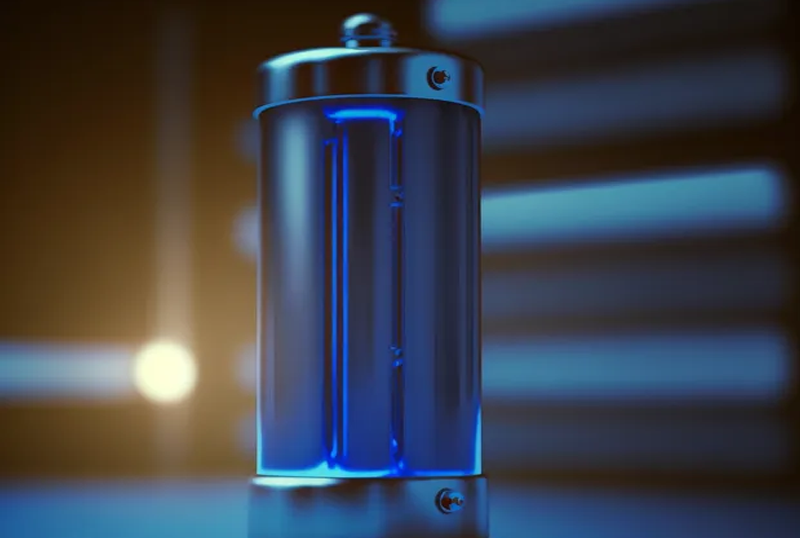What are the limitations or challenges associated with MWD technology?...
Read MoreHow can high-temperature batteries prevent short circuit problems?
High temperature batteries can prevent short circuit problems through a combination of materials, physical design features, and advanced monitoring and control systems. By combining these elements, high-temperature batteries can provide safe and reliable performance even in harsh working environments.
One method is to use solid electrolytes instead of liquid electrolytes. Solid electrolytes are generally more stable and less prone to leakage than liquid electrolytes, which can reduce the risk of short circuits. In addition, solid-state electrolytes can be designed to have low ionic conductivity, which can further reduce the risk of short circuits by limiting the flow of ions in the battery.
Another method is to use materials that are less sensitive to dendritic growth. Dendrites are tiny metal wires that can grow inside a battery and eventually cause a short circuit. High temperature batteries can reduce the risk of short circuits by using materials that are less prone to dendritic growth, or by adding physical barriers to prevent their growth.
In addition, high-temperature batteries can be designed with advanced monitoring and control systems that can detect abnormal behavior and take corrective measures to prevent short circuits. These systems can include temperature sensors, current sensors, and other safety features to detect and mitigate the risk of short circuits.

Extend Knownledges
What are the limitations or challenges associated with MWD technology?
What are the limitations or challenges associated with MWD technology?...
Read MoreAre there any limitations or considerations for using an autoclave?
Are there any limitations or considerations for using an autoclave?...
Read MoreWhat temperature and pressure are typically used in an autoclave?
What temperature and pressure are typically used in an autoclave?...
Read More